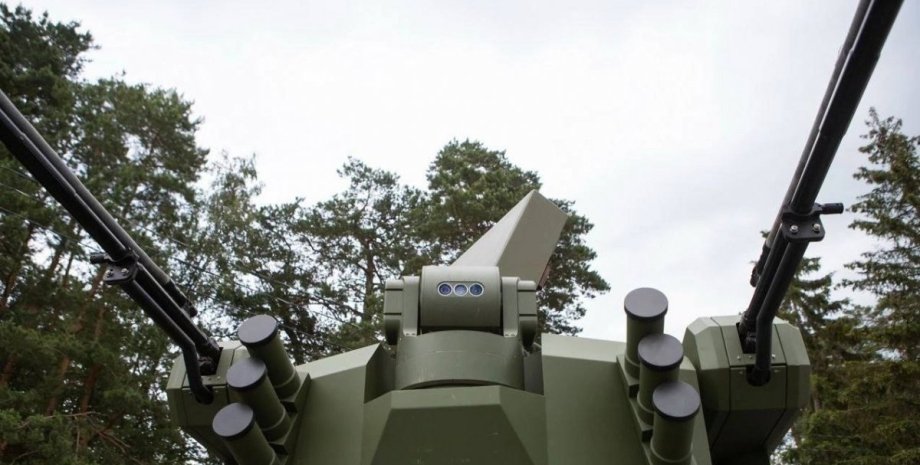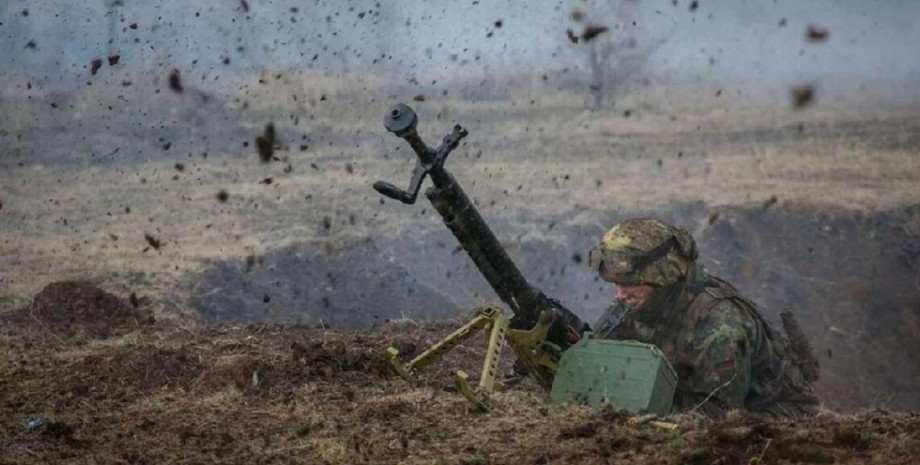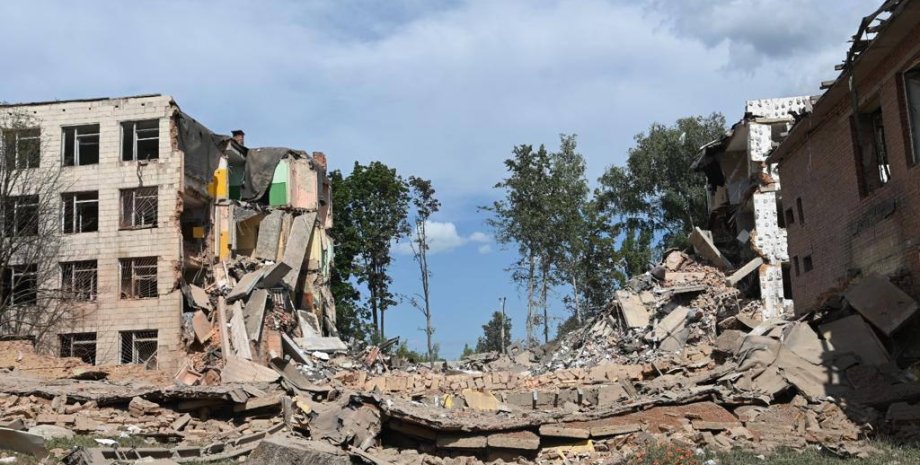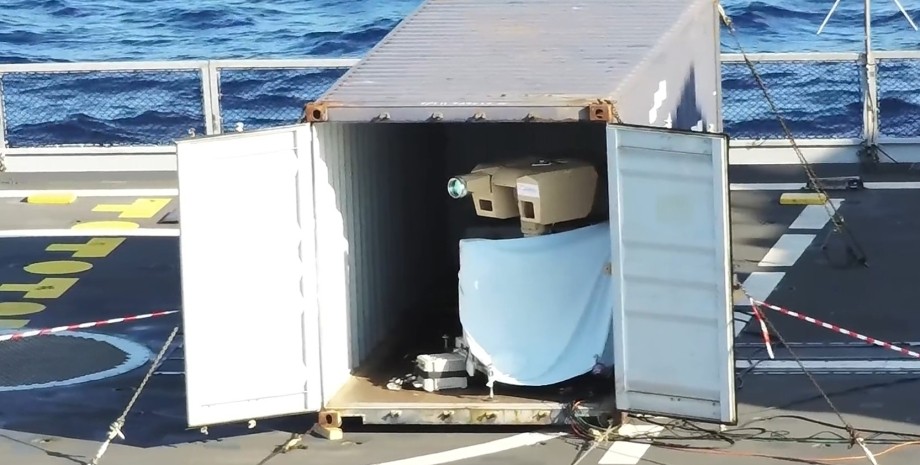
 By Victor Duda
By Victor Duda
"In the afternoon, the Russian occupying forces carried out an air strike on Odesa region with three long-range guided bombs launched from an Su-34 aircraft," the Southern Air Command reported. After clarifying, the agency noted that "two aerial bombs were shot down by the air defense of southern Ukraine. Another one fell in an open area of the area, without consequences.
" According to preliminary information, the enemy used a modification of the UMPB-5 — a guided aerial bomb designed to hit targets at a distance of up to 100 kilometers. This model is distinguished by the presence of guidance systems, improved aerodynamics and a jet accelerator, which allows you to increase the flight range. The weight of the UMPB-5 warhead is about 99 kilograms.
In terms of parameters, it is close to previous examples of the UMPB D-30SN and FAB-250 types, but has an updated engine and wing structure. This provides greater stability of flight and accuracy of defeat. At the same time, experts note that it is difficult to effectively intercept such munitions due to their high terminal speed — more than 400 km/h. Tactical anti-aircraft drones do not have time to react, so the main load falls on anti-aircraft missile systems.
Radio-electronic warfare can reduce targeting accuracy by creating errors in satellite systems, but it is currently impossible to completely neutralize the threat. According to experts, even under conditions of active operation of EW means, part of such ammunition is capable of reaching targets, in particular energy and transport infrastructure.










All rights reserved IN-Ukraine.info - 2022